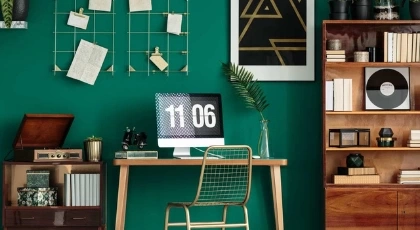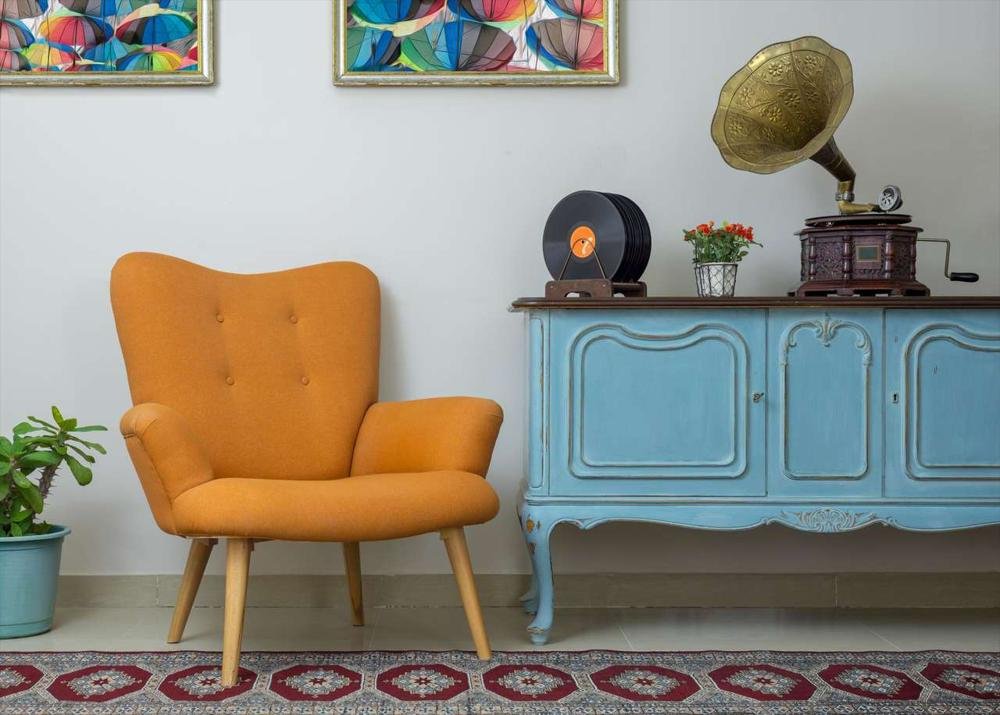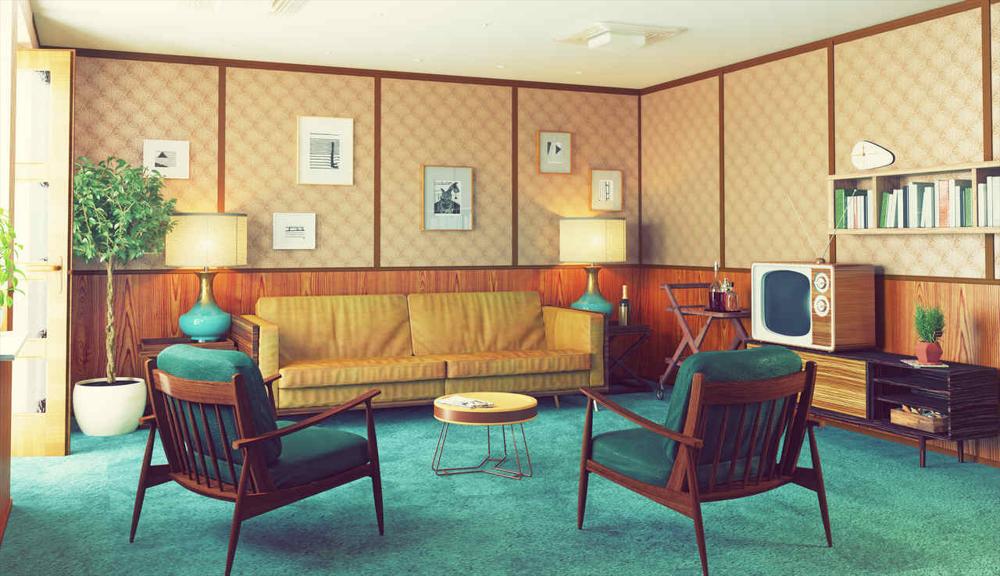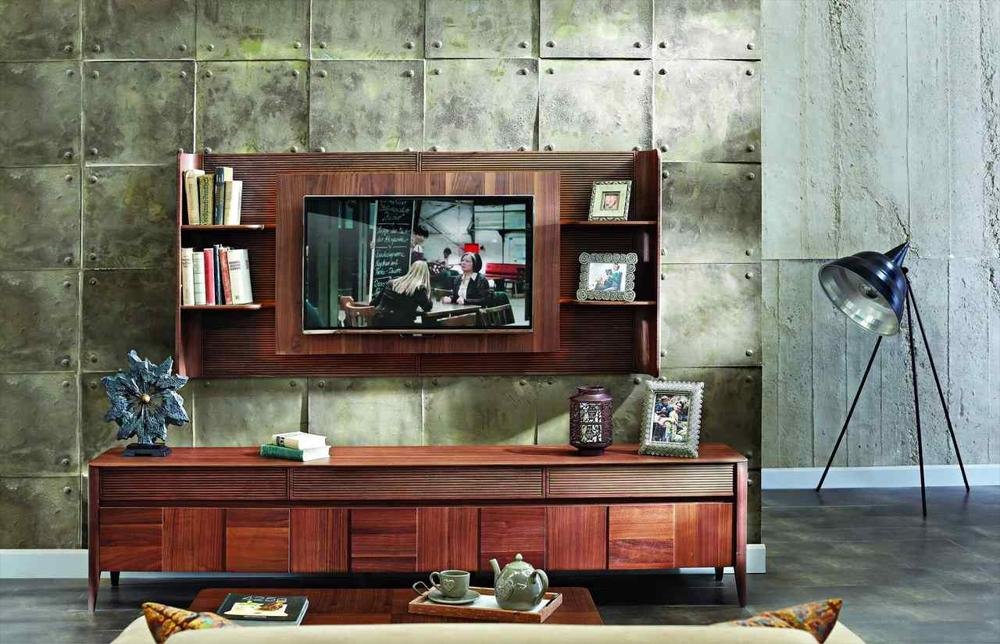

The question what does retro mean is frequently asked while there are dozens of decoration trends like rustic, vintage, and art deco that are increasingly popular today. Retro style, being one of the decoration styles with its own rules and lines, gives a nostalgic nod to the past. So, what does retro mean? How did the term retro originate, what is the starting point of retro decoration, and how has it evolved over the years? As Doğtaş, Turkey's most stylish furniture brand, we took a closer look at this energetic and nostalgia-filled trend.
To answer the question what does retro mean, it is beneficial to delve into the root of the word. The term retro entered usage by evolving from a Latin preposition meaning "back" or "behind" into the French word “rétro”. Especially relating to clothing and decoration, it is associated with nostalgic or old-fashioned designs.

In English, the term "retrograde" is synonymous with retro, and it also literally reflects backwardness: It describes behaviors that are the opposite of the normal course, such as backward movement, formation, or action.
In astronomical contexts, retro usually refers to the backward motion of planets. It is also synonymous with “reverse” and implies a return to a simpler or previous state.
Retro also means "retrospective," referring to a "phase from a particular date in the past." The word can also be used as a term to describe an artist's previous works.
Retro is used for a phenomenon formed in the past but still ongoing through “looking back.”
If you want to learn about what vintage means and how to apply it to decoration, take a look at our content titled What Does Vintage Mean? How to Make Vintage Decoration?
After learning the answer to the question of what retro means, let's discover how retro influences can be felt in styles and decoration.

The retro style can be defined as a "deliberate derivation or imitation of trends, movements, fashions, or attitudes of the near past." It often denotes a period of at least fifteen or twenty years.
For instance, clothing from the 1980s or the 1990s can be considered retro. Retro style is outdated or a style that has come back into fashion. The term "retro" implies a motion toward the past rather than progress into the future, requiring a nostalgic perspective in designs toward the past.
Retro pieces do not need to be old; they can be brand new, but they need to be made in the style of the time or element they try to replicate.
The retro trend first appeared in Scandinavian countries and began to dominate the 1950s and 1970s. Retro, a shortened form of "retrospective," means remembering the past. Therefore, these designs and furniture have a nostalgic quality but still have the flexibility to evolve according to modern trends.
Nowadays, retro is a combination of classic and modern elements. While carrying traces of the past, it exudes a sense of originality and modernity.

The retro style is closely related to personal tastes. A retro piece may attract someone for a specific or hidden reason or inspire feelings of nostalgia. Designers, manufacturers, and customers often refer to a furniture style that pays homage to styles that were popular years ago when they talk about retro furniture.
Retro style furniture was actually popular designs in the 1950s, 1960s, and 1970s. Recently, we can also add the 1980s to this list. As mentioned, retro furniture does not have to be old, and there are many new designs that reflect this style.
Retro in the 1950s

The 1950s are considered the first decade that served as the inspiration for most of today's retro furniture. This decade's furniture was greatly influenced by the modern design movement. The transition into modern furniture also marked a change in styles.
The pieces became much sleeker and more elegant with a more contemporary profile. Alongside design and style changes in furniture, upholstery and patterns also became more modern. Fabrics and wallpapers stood out with bold graphics and vibrant patterns.
Lastly, new materials began to be used for furniture, including Formica covered tables and chrome bar stools, a composite laminated material.
Retro in the 1960s
The hippie cultures of the 1960s brought an unusual style to furniture. The main design trend consisted of bright, eye-catching patterns and bold bursts of color. The sleek and comfortable style of the 1950s was still popular, but innovations like single-piece molded or high-backed chairs offered a fresh touch to the furniture of the era.
Retro in the 1970s
The 1970s saw a transition from sleek furniture to large and expansive furniture. Everyday, thin-profiled styles transformed into a larger, more voluminous, and thicker furniture style.
Additionally, earthy tones became quite popular in the color palette during this decade. Water and forest greens, gold yellows, oranges, and earthy browns became prominent tones in the color palettes of furniture and accompanying decorations.
Retro in the 1980s
As for the 1980s, the Art Deco movement greatly influenced the decoration style. Local styles unique to countries were also common. In the United States, colors reminiscent of the southwest such as sea blue and lilac were prominent.
Design schemes ranging from geometric to floral were quite rich. Buffets and dressers with mirrored furniture, as well as the general use of mirrors, were a recurring feature of 1980s furniture.

The sense of nostalgia is a significant factor influencing how designs are perceived. According to cognitive theorists, emotions have a strong effect on human behaviors. Objects that evoke positive emotions attract individuals, and they tend to move away from things that evoke negative emotions.
Emotional investment in design is a critical factor motivating consumers to buy, investors to invest, and audiences to continue watching, reading, or participating.
When the feeling of nostalgia, like other positive emotions, is triggered by certain stimuli such as products or brands, it encourages people to approach, meaning to buy or interact.
Retro designs are popular among both those already familiar with the style and those experiencing these designs for the first time. The traces of retro in products facilitate instant interaction with consumers, making the designs recognizable and memorable for a long time.

Retro furniture can be considered old but not antique. For a piece to be classified as antique, it must be 100 years old or older. Vintage furniture refers to furniture that is under 100 years old and specifically pertains to furniture made in the 20th century.
The beauty of retro furniture that you can find in places selling old items is that each is unique and original.
Retro-style decoration is generally built on giving a fun and lively feel, highlighting talents with bright colors and crazy designs. To better understand the essence of this style, attention to detail is necessary.
Since adopting retro style requires such a bold approach, applying it also requires a certain character. Retro home decoration does not pursue a typical, very harmonious whole. Rather, it should be somewhat complex, mismatched, and eye-catching.
In this article, we provided an answer to the question what is retro, examined the history and evolution of retro design over the years, and discussed how you can apply it in your homes. For more decoration tips and useful information, you can check out other Doğtaş blog content.